Attracting Bees
You can help provide food and habitat for Florida’s native bees and other beneficial insects by landscaping with native wildflowers. Versión en español disponible.
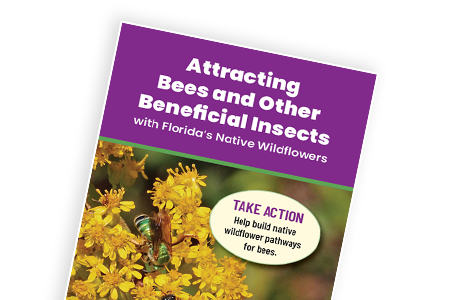
You can help provide food and habitat for Florida’s native bees and other beneficial insects by landscaping with native wildflowers. Versión en español disponible.
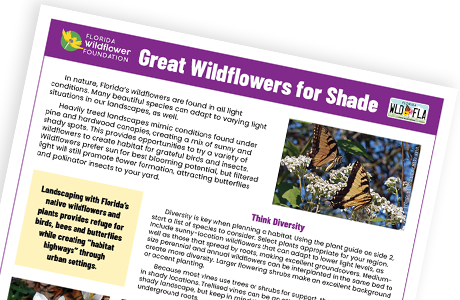
Wondering what native wildflowers and plants to use in a shady landscape? Use our new handout to evaluate your landscape’s light conditions and choose diverse species that will thrive and give your landscape a “real Florida” feel. Versión en español disponible.
Welcome to our Melbourne Beach Native Wildflower Demonstration Garden made possible through the Florida Wildflower Foundation Viva Florida grant and countless volunteers.
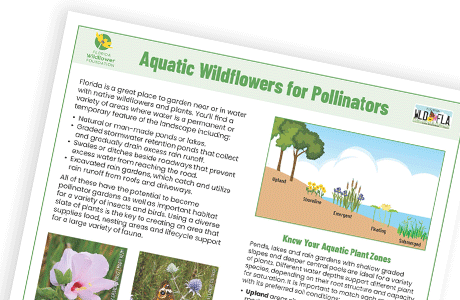
Wondering what native wildflowers and plants to use along your pond or wetland edge? Our guide will help you select the appropriate species for any aquatic environment. Versión en español disponible.
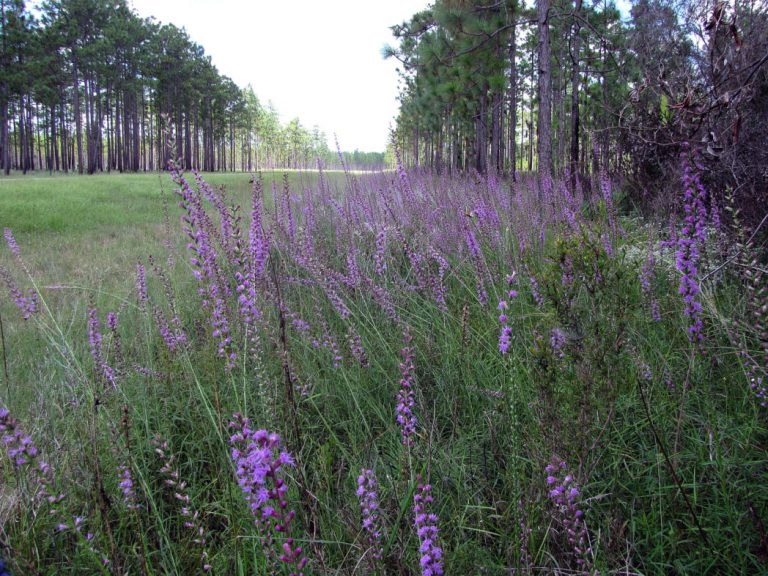
Brake for wildflowers – Florida’s stunning fall bloom is a great reason to explore state and national parks and other public lands. Here are the hottest of hot spots throughout the state.
Welcome to our Green Mountain Scenic Byway demonstration garden made possible through the Florida Wildflower Foundation Viva Florida grant.
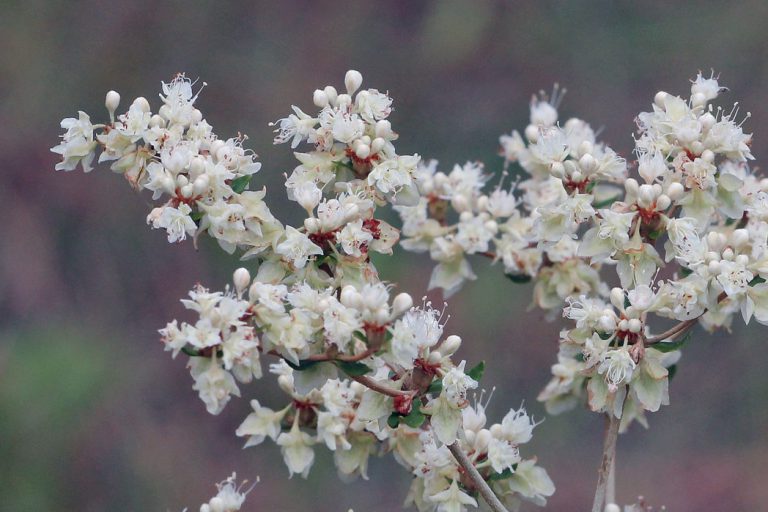
Even cat people love Dogtongue wild buckwheat (Eriogonum tomentosum)! This herbaceous perennial produces a plethora of white to pinkish flowers in late summer and fall. You’ll find it blooming in sandhills, scrub and pinelands in the Panhandle and north and central peninsula. It attracts a variety of pollinators, including the thread-waisted wasp and tiphiid wasp.
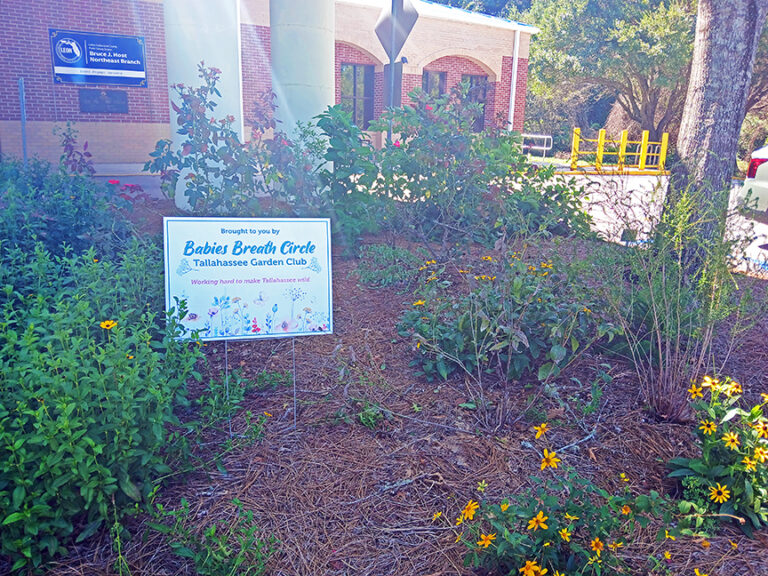
Bruce J. Host Northeast Branch Library in Tallahassee was selected to pilot the Seeds of Knowledge Library Demonstration Garden Grant in spring 2024.
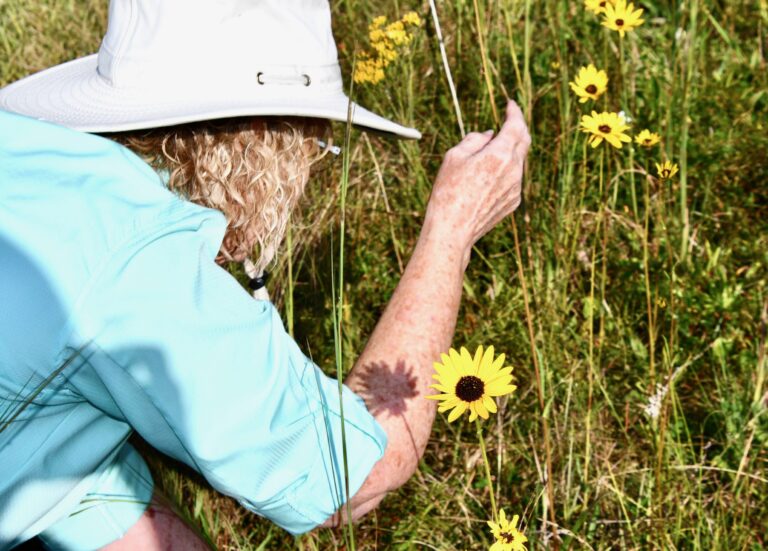
April 20-26, 2025 is National Volunteer Week. Here at the Florida Wildflower Foundation, our greatest impact happens when we support grassroots, community-led initiatives. Read on as we celebrate some of the folks doing this incredible work.
Welcome to our Greenbriar Park Native Wildflower Demonstration Meadow made possible through the Florida Wildflower Foundation Viva Florida grant with cooperation from the Village of Wellington.
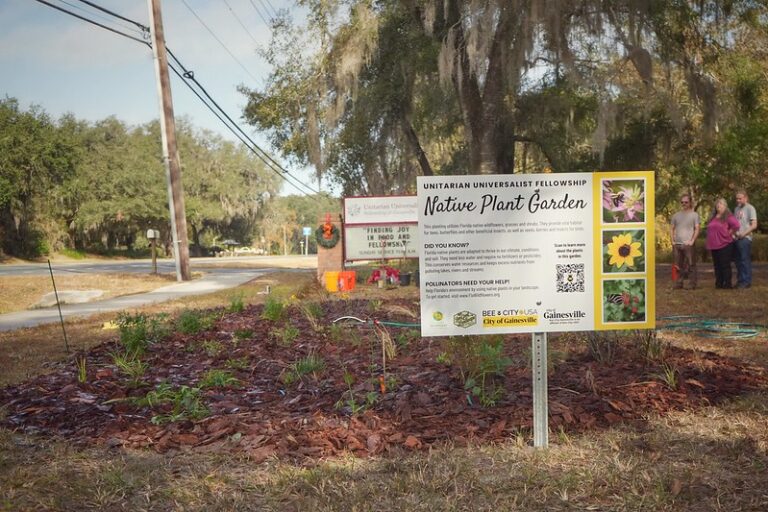
Bee City native plant demonstration garden located at the Unitarian Universalist Fellowship of Gainesville, 4225 NW 34th St, Gainesville, FL 32605
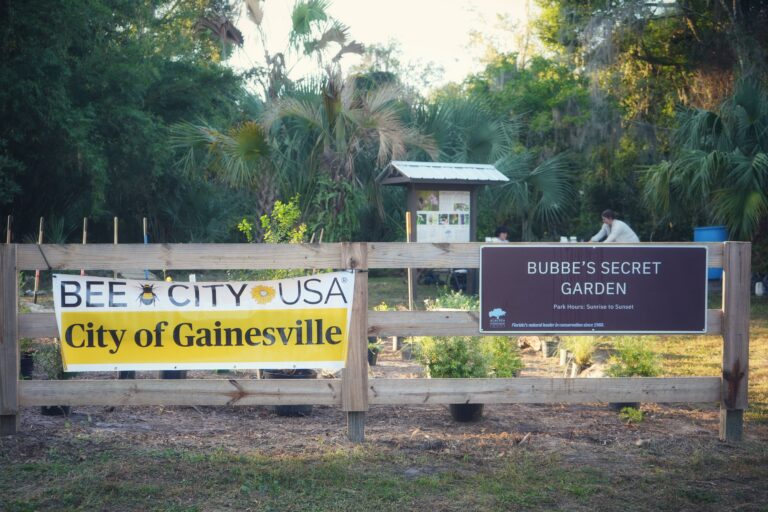
A native plant demonstration garden at ACT’s Bubbe’s Secret Garden: 1225 NW 4th St, Gainesville, FL 32601